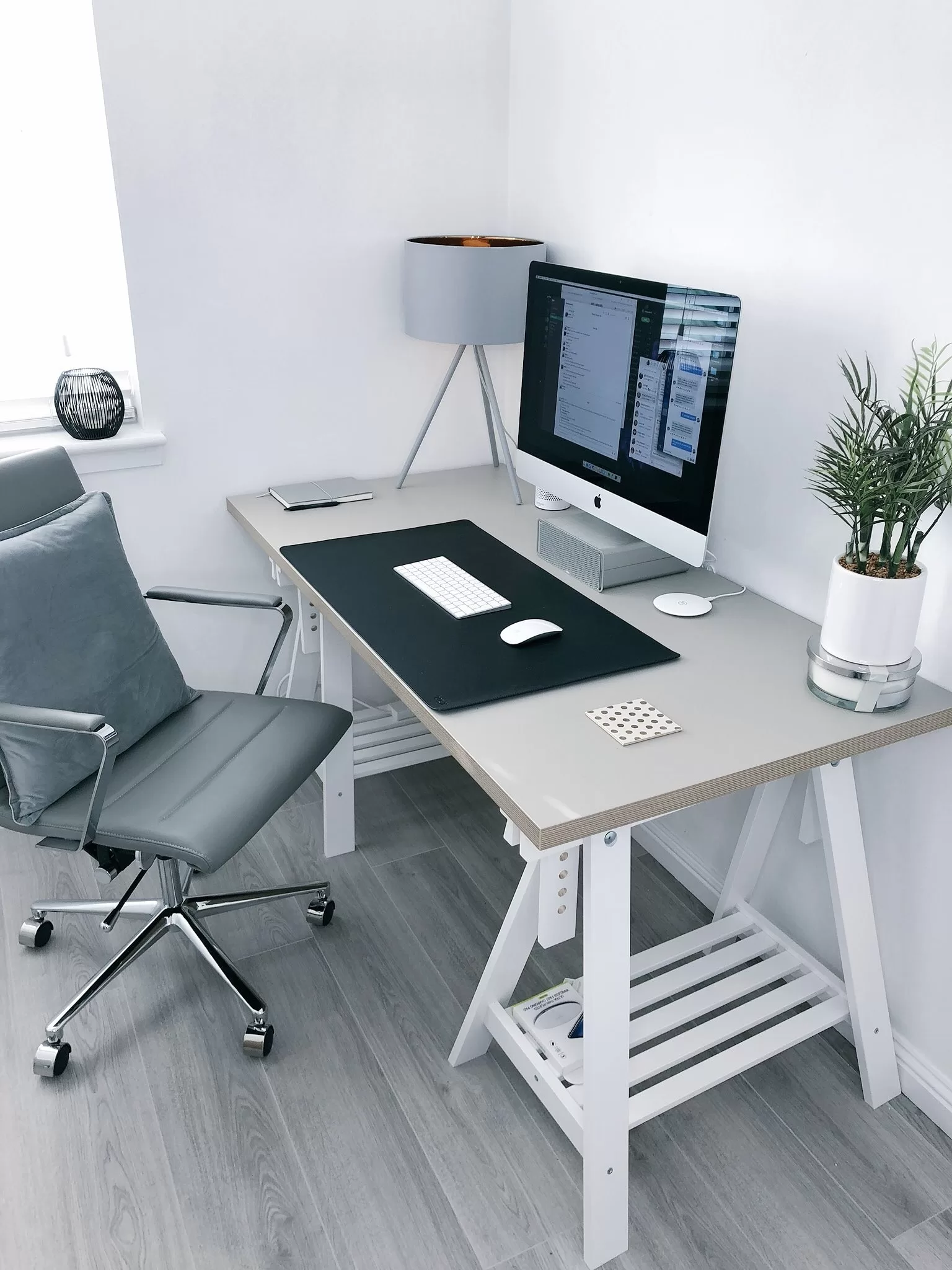
ATO Updates WFH Deduction Rules
ATO Updates WFH Deduction Rules
To align with modern working from home setups, the ATO has updated the procedure for taxpayers to claim expenses related to working from home. There are two methods to claim such deductions, namely, the fixed rate method and the actual cost method. The ATO is revising the fixed rate method, which is a commonly used method, to simplify the deduction calculation process for taxpayers. Some notable updates to this method include an increase in the fixed rate of deductions from 52 cents to 67 cents per work hour and the elimination of the need for a dedicated home office area. This write-up will give a summary of the two ways of claiming working from home expenses and describe the adjustments that the ATO is implementing to the fixed rate method.
Which individuals are qualified to make a claim?
To claim working from home expenses, it is necessary that you:
- Perform your regular job duties from home, rather than just occasionally completing minor tasks (such as sending emails or making calls);
- Incur extra expenses as a consequence of working from home; and
- Keep documentation to support these expenses.
If you fulfill these criteria, you can determine your deductions utilizing either the actual cost method or the fixed cost method.
Actual cost method
This approach allows taxpayers to claim extra expenses that arise due to their work from home arrangements. These expenses can include furniture, technological equipment, phone usage, cleaning and energy bills, internet costs, and computer supplies. In instances where an expense is used for both personal and work purposes, such as energy-related expenses, the deduction can only cover the work-related portion. To calculate the energy expenses, one must determine the cost per unit of power by dividing the average units used per hour and multiplying it by the total hours worked from home. This calculation can be complex and time-consuming.
Taxpayers must keep thorough records of the incurred expenses, the cost of depreciating assets, and the hours worked from home during the year. Additionally, under this approach, taxpayers must have a dedicated office area in their home, such as a spare room.
Fixed cost method
The fixed rate method was introduced to simplify the process of claiming working from home deductions, providing taxpayers with a tax shortcut. With this method, taxpayers can claim expenses related to working from home at a fixed rate of 52 cents per hour for every hour worked from home. The fixed rate covers expenses such as the depreciation of home office furniture, cleaning expenses and energy related expenses. However, taxpayers will need to claim additional expenses, such as mobile phone and data usage, internet bills, stationery, and the depreciation of assets other than home office furniture, separately under the actual cost method.
What is changing?
Revised Fixed Rate for Working from Home Tax Deductions
The ATO has revised the fixed cost method for claiming working from home related expenses. While the actual cost method remains unchanged, the rate for the fixed cost method has been raised from 52 cents to 67 cents per work hour. This revised rate is intended to more accurately represent modern working arrangements and cover expenses that may be difficult to calculate, such as energy expenses, phone usage, internet, stationery, and computer consumables, which were previously not covered by the fixed rate. Taxpayers who use the fixed rate will not be able to claim these expenses as separate deductions. However, they can still claim other items, such as office furniture, electronic devices, and depreciating assets, as separate deductions.
Home Office Record-Keeping
The ATO eases the requirement of a dedicated home office space for claiming working from home expenses under the fixed cost method. However, cleaning expenses can only be claimed if a dedicated home office exists. Additionally, record keeping standards are being strengthened. Taxpayers must now maintain a record of all hours worked from home throughout the year instead of a representative four-week period, which can be tracked through timesheets, rosters, or log times of accessing employer systems.
When do the changes take effect?
Effective July 1, 2022, taxpayers can utilize the revisions in their 2022-23 tax returns. During the transitional period from July 1, 2022, to February 28, 2023, taxpayers intending to use the fixed rate in their FY23 tax return will require:
- a record that represents the total number of hours worked from July 1, 2022, to February 28, 2023, as well as
- a record of the total number of actual hours worked from home from March 1, 2023, to June 30, 2023. After March 1, 2023, estimated hours will not be accepted.
Disclaimer
The information provided in this information sheet does not constitute advice. The information is of a general nature only and does not take into account your individual situation. It should not be used, relied upon, or treated as a substitute for specific professional advice. We recommend that you contact Tradewise Solutions before making any decision to discuss your particular requirements or circumstances.
